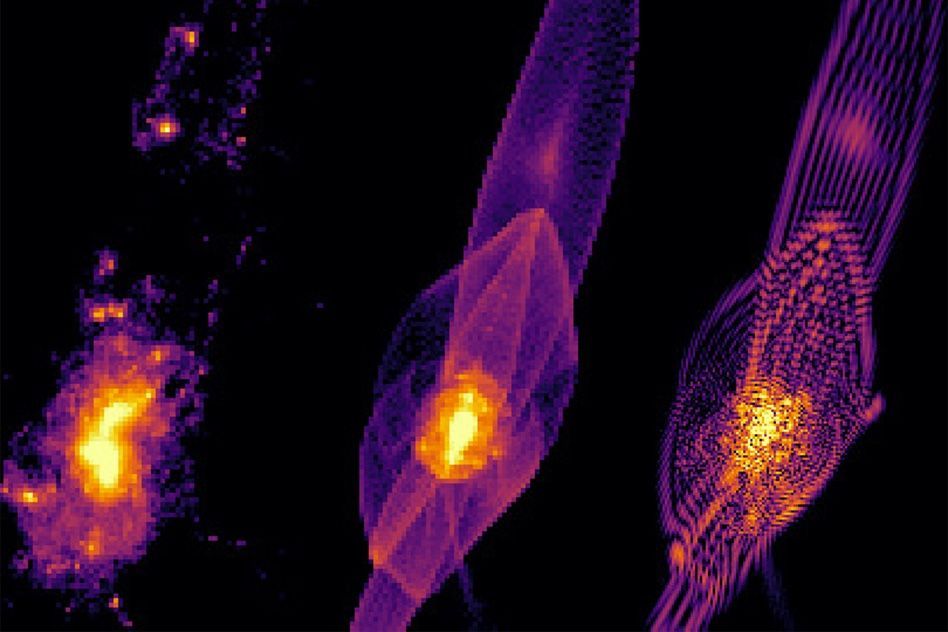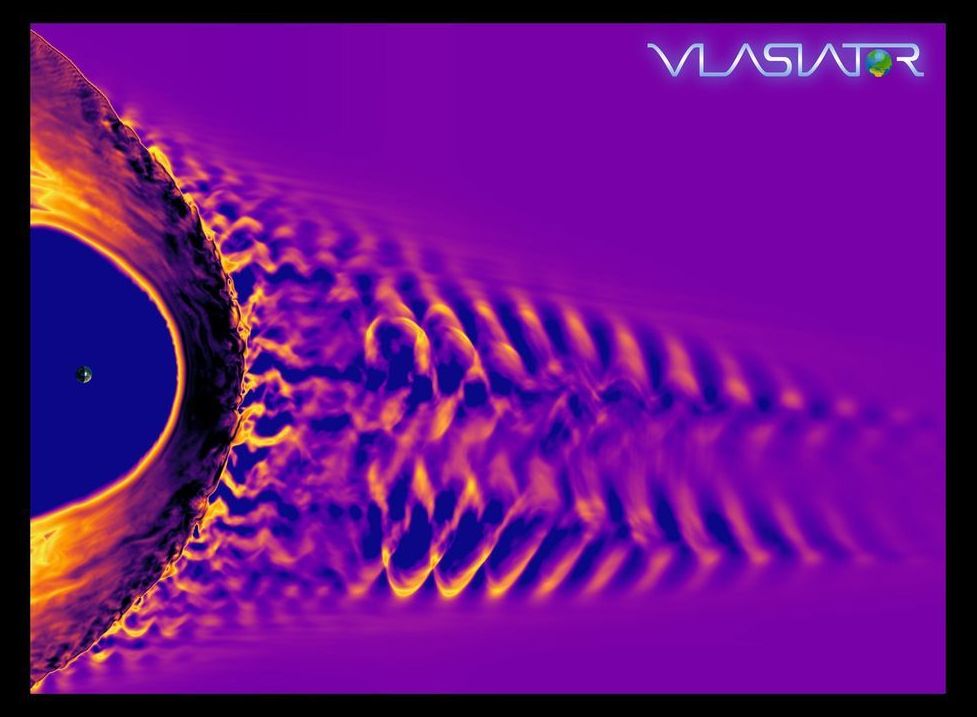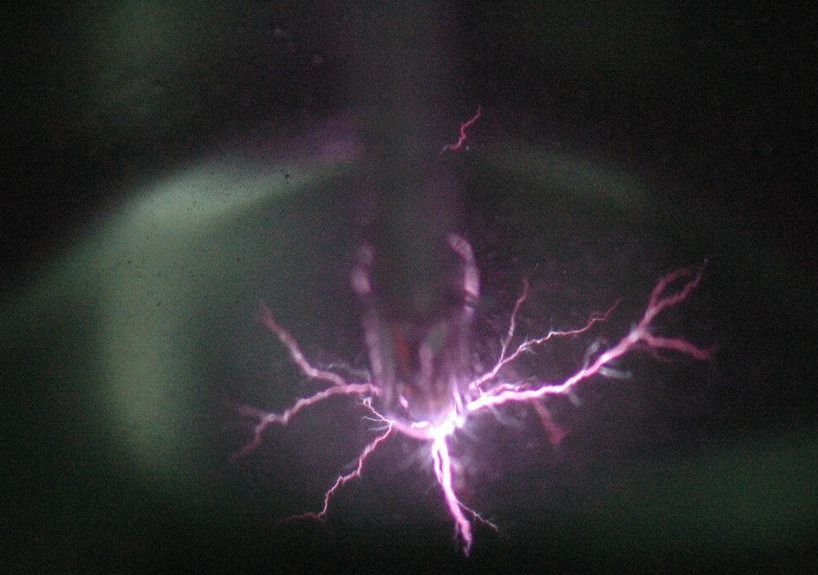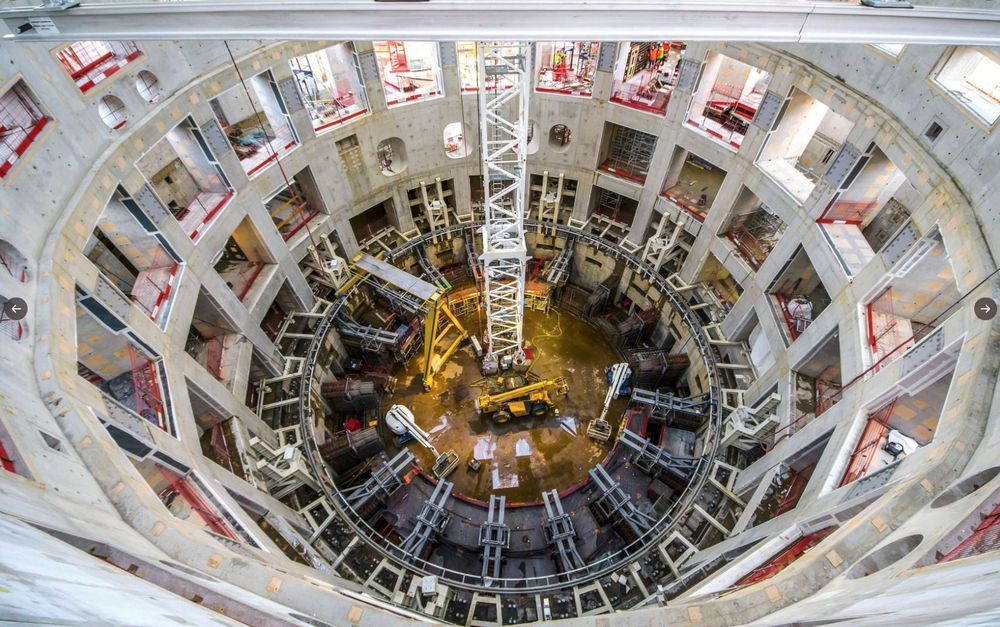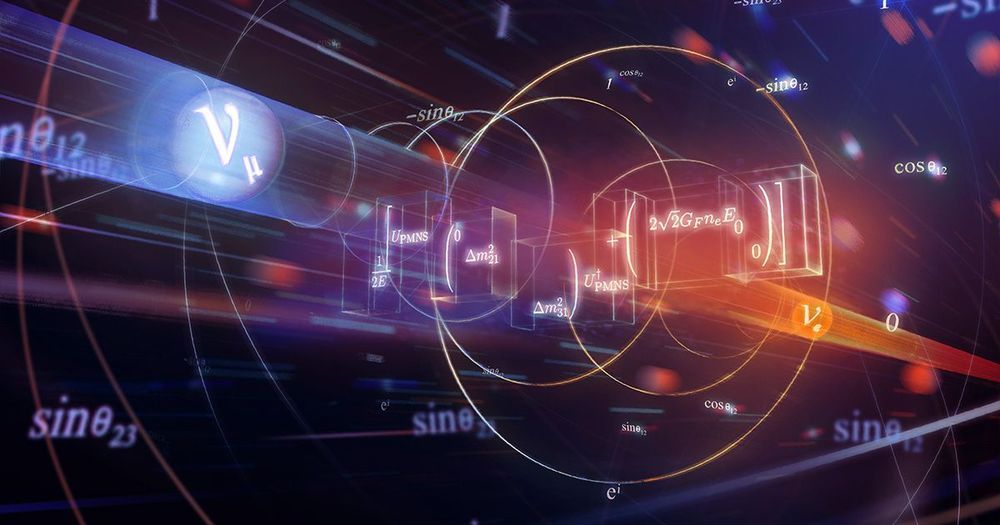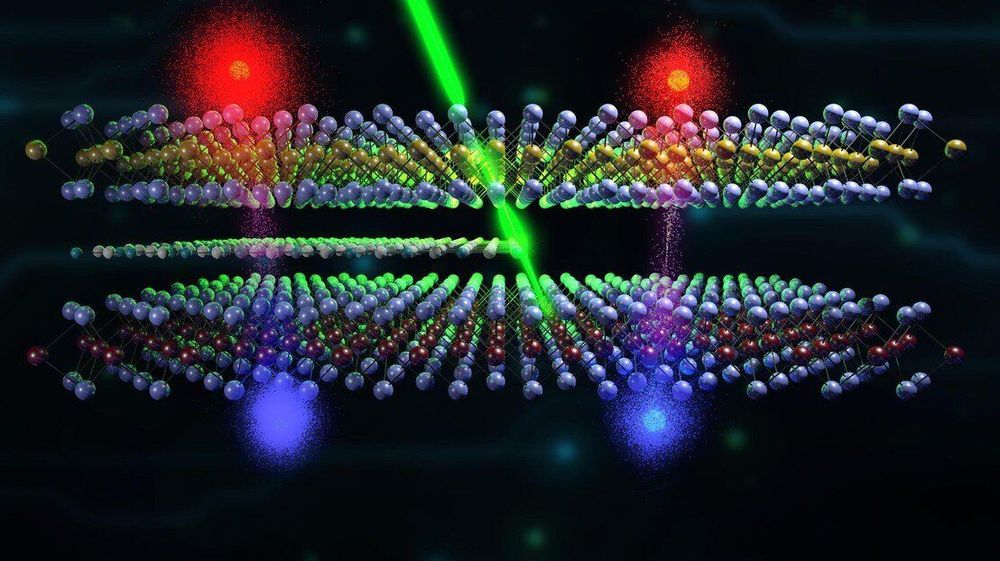Archive for the ‘particle physics’ category: Page 421
Nov 20, 2019
Physicists Claim They’ve Found Even More Evidence of a New Force of Nature
Posted by Quinn Sena in categories: cosmology, particle physics
Everything in our Universe is held together or pushed apart by four fundamental forces: gravity, electromagnetism, and two nuclear interactions. Physicists now think they’ve spotted the actions of a fifth physical force emerging from a helium atom.
It’s not the first time researchers claim to have caught a glimpse of it, either. A few years ago, they saw it in the decay of an isotope of beryllium. Now the same team has seen a second example of the mysterious force at play — and the particle they think is carrying it, which they’re calling X17.
If the discovery is confirmed, not only could learning more about X17 let us better understand the forces that govern our Universe, it could also help scientists solve the dark matter problem once and for all.
Nov 20, 2019
The UK Is Racing to Build the World’s First Commercial Fusion Power Plant
Posted by Gerard Bain in categories: nuclear energy, particle physics, sustainability
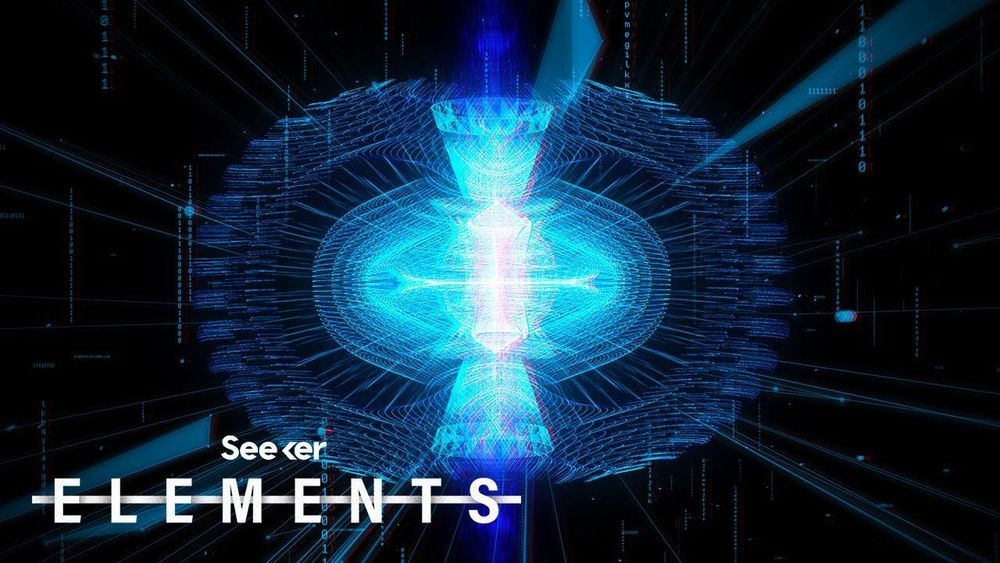
What could the UK’s recent investment announcement mean for the future of sustainable energy?
» Subscribe to Seeker!http://bit.ly/subscribeseeker
» Watch more Elements! http://bit.ly/ElementsPlaylist
There are many directions we could go when it comes to the future of sustainable energy—but the UK made a bold move when it announced a huge investment (220 million pounds huge) in a prototype fusion power facility that could be functioning as a commercial power plant by 2040.
Continue reading “The UK Is Racing to Build the World’s First Commercial Fusion Power Plant” »
Nov 20, 2019
Scientists detected the brightest light in the universe for the first time, following a mysterious explosion in space
Posted by Paul Battista in categories: particle physics, satellites
Gamma-ray bursts appear without warning and only last a few seconds, so astronomers had to move quickly. Just 50 seconds after satellites spotted the January explosion, telescopes on Earth swiveled to catch a flood of thousands of particles of light.
“These are by far the highest-energy photons ever discovered from a gamma-ray burst,” Elisa Bernardini, a gamma-ray scientist, said in a press release.
Over 300 scientists around the world studied the results; their work was published Wednesday in the journal Nature.
Nov 20, 2019
Earth’s magnetic song recorded for the first time during a solar storm
Posted by Roderick Reilly in categories: particle physics, space
Data from ESA’s Cluster mission has provided a recording of the eerie “song” that Earth sings when it is hit by a solar storm.
The song comes from waves that are generated in the Earth’s magnetic field by the collision of the storm. The storm itself is the eruption of electrically charged particles from the sun’s atmosphere.
A team led by Lucile Turc, a former ESA research fellow who is now based at the University of Helsinki, Finland, made the discovery after analyzing data from the Cluster Science Archive. The archive provides access to all data obtained during Cluster’s ongoing mission over almost two decades.
Nov 20, 2019
The ‘Strong CP Problem’ Is The Most Underrated Puzzle In All Of Physics
Posted by Genevieve Klien in categories: cosmology, particle physics
At almost every frontier in theoretical physics, scientists are struggling to explain what we observe. We don’t know what composes dark matter; we don’t know what’s responsible for dark energy; we don’t know how matter won out over antimatter in the early stages of the Universe. But the strong CP problem is different: it’s a puzzle not because of something we observe, but because of the observed absence of something that’s so thoroughly expected.
Why, in the strong interactions, do particles that decay match exactly the decays of antiparticles in a mirror-image configuration? Why does the neutron not have an electric dipole moment? Many alternative solutions to a new symmetry, such as one of the quarks being massless, are now ruled out. Does nature just exist this way, in defiance of our expectations?
Through the right developments in theoretical and experimental physics, and with a little help from nature, we just might find out.
Nov 19, 2019
From a cloud of cold and a spark, researchers create and stabilize pure polymeric nitrogen for the first time
Posted by Quinn Sena in categories: materials, particle physics
Scientists have long theorized that the energy stored in the atomic bonds of nitrogen could one day be a source of clean energy. But coaxing the nitrogen atoms into linking up has been a daunting task. Researchers at Drexel University’s C&J Nyheim Plasma Institute have finally proven that it’s experimentally possible—with some encouragement from a liquid plasma spark.
Reported in the Journal of Physics D: Applied Physics, the production of pure polymeric nitrogen—polynitrogen—is possible by zapping a compound called sodium azide with a jet of plasma in the middle of a super-cooling cloud of liquid nitrogen. The result is six nitrogen atoms bonded together—a compound called ionic, or neutral, nitrogen-six—that is predicted to be an extremely energy-dense material.
“Polynitrogen is being explored for use as a ‘green’ fuel source, for energy storage, or as an explosive,” said Danil Dobrynin, Ph.D., an associated research professor at the Nyheim Institute and lead author of the paper. “Versions of it have been experimentally synthesized—though never in a way that was stable enough to recover to ambient conditions or in pure nitrogen-six form. Our discovery using liquid plasma opens a new avenue for this research that could lead to a stable polynitrogen.”
Nov 15, 2019
Building to house world’s largest tokamak fusion reactor now complete
Posted by Genevieve Klien in categories: nuclear energy, particle physics
The structure that will house one of the largest and most ambitious energy experiments in history is now complete, with engineers working on the ITER Tokamak Building swinging their last pylon into place in readiness for the nuclear fusion reactor’s assembly stage. Nine years in the making, the facility is built to host the type of super-hot high-speed reactions that take place inside the Sun, and hopefully advance our decades-long pursuit of clean and inexhaustible nuclear fusion energy.
In the works since 1985, ITER (International Thermonuclear Experimental Reactor) is a type of nuclear fusion reactor known as a tokamak and is a collaborative project involving thousands of scientists and engineers from 35 countries. These donut-shaped devices are designed to accommodate circular streams of plasma consisting of hydrogen atoms, which are compressed using superconducting magnets so that they fuse together and release monumental amounts of energy.
There are key technological challenges to overcome when it comes to tokamak reactors. Chiefly, these center on bringing them up to the required temperatures and keeping the streams of plasma in place long enough for the reactions to take place.
Nov 14, 2019
Neutrinos Lead to Unexpected Discovery in Basic Math
Posted by Genevieve Klien in categories: mathematics, particle physics
Three physicists stumbled across an unexpected relationship between some of the most ubiquitous objects in math.
Nov 14, 2019
Excitons will shape the future of electronic devices
Posted by Quinn Sena in categories: nanotechnology, particle physics
Excitons are quasiparticles made from the excited state of electrons and—according to research being carried out EPFL—have the potential to boost the energy efficiency of our everyday devices.
It’s a whole new way of thinking about electronics. Excitons—or quasiparticles formed when electrons absorb light—stand to revolutionize the building blocks of circuits. Scientists at EPFL have been studying their extraordinary properties in order to design more energy-efficient electronic systems, and have now found a way to better control excitons moving in semiconductors. Their findings appear today in Nature Nanotechnology.
Quasiparticles are temporary phenomena resulting from the interaction between two particles within solid matter. Excitons are created when an electron absorbs a photon and moves into a higher energy state, leaving behind a hole in its previous energy state (called a “valence band” in band theory). The electron and electron hole are bound together through attractive forces, and the two together form what is called an exciton. Once the electron falls back into the hole, it emits a photon and the exciton ceases to exist.
